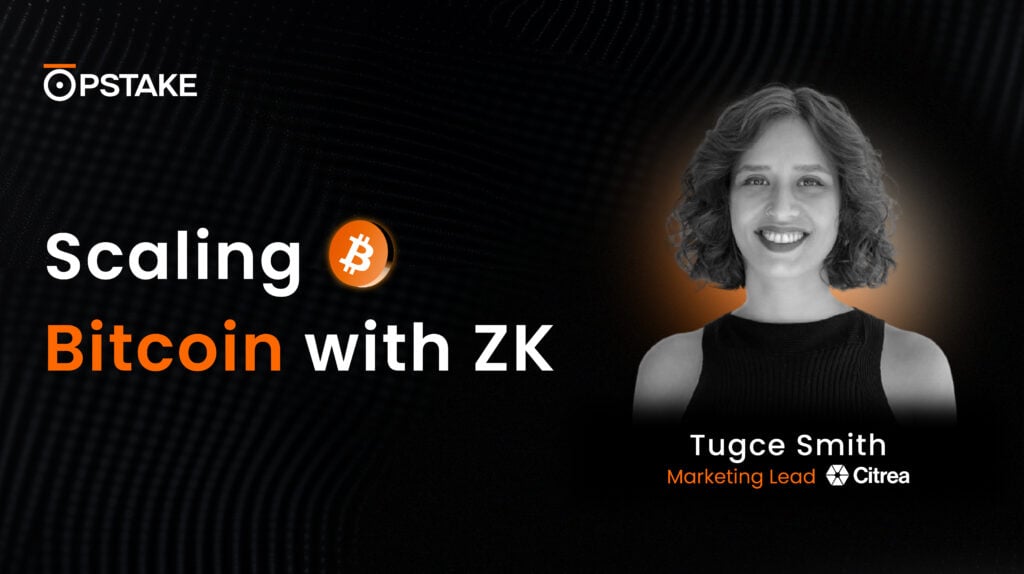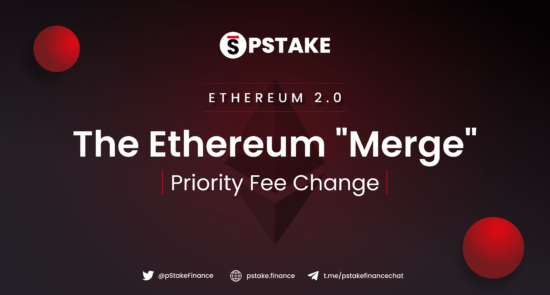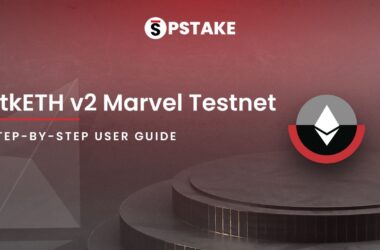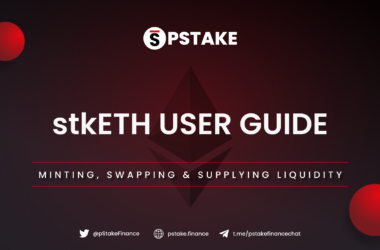“The Merge” is slated to take place on the Ethereum blockchain in less than a few weeks, building plenty of hype and suspense as the community prepares for the long-awaited moment. It’s an event that’s been years in the making, with Ethereum’s top developers hard at work to continue to move the needle towards the Ethereum upgrades.
To that end, there will be many changes taking place across the Ethereum ecosystem (some larger than others) as it shifts to a PoS (Proof of Stake) consensus mechanism.
One of these modifications is to the priority fee on the network – learn more about what it means for Ethereum and liquid staking ETH on pSTAKE.
About the Priority Fee Change
The previous priority fee (otherwise known as the block proposer fee) was originally distributed to miners in the PoW (Proof of Work) version of Ethereum. The priority fee is essentially designed to serve as a tip to incentivise miners to include a certain transaction in the block over another – the higher the priority fee, the greater the preference was given to the transaction.
After “The Merge” and the eventual shift to PoS, blocks will be proposed by validators and not miners. These validators will now be the ones to receive the priority fee, which will be provided when users execute transactions on Ethereum.
MEV Implications
MEV (Miner Extractable Value) is the profit that can be made by reordering, inserting, or blocking transactions within blocks being produced on Ethereum. When it comes to the priority fee, MEV boost increases the amount validators can receive, as they will be proposing blocks with maximum fee and arbitrage transactions.
Impact on Node Operators
pSTAKE has a wide variety of top validators on the Ethereum network that help validate transactions. With the upcoming changes associated with “The Merge” underway, most of our node operators that upgrade their nodes will need to provide pSTAKE’s staking pool contract address for the priority fee to be restaked by our protocol.
Effect on Users & Stakers
When it comes to the implications for users and stakers on our protocol, all ETH is restaked without any stkETH being minted. As a result, the overall APR will increase and give users a higher return on their stkETH.
This will incentivise more users to liquid-stake their ETH on pSTAKE.
Staking ETH on pSTAKE
So what are the benefits of staking your ETH tokens on pSTAKE? We offer a unique liquid staking solution that unlocks the liquidity of your staked ETH to use across DeFi while still earning staking rewards on-chain.
pSTAKE doesn’t require a limit on a user’s minimum stake amount. In addition, we don’t have a lock-in period and are backed by the industry’s best node operators with a wide array of experience with running validators on the Ethereum network.
With “The Merge” on Ethereum closely approaching, pSTAKE is prepared for the transition and the ultimate effects the priority fee change will have on both ecosystems.
About pSTAKE
pSTAKE is a liquid staking protocol that unlocks liquidity for your staked assets. With pSTAKE, you can securely stake your Proof-of-Stake (PoS) assets, participate in protocol improvements and security to earn staking rewards, and receive staked underlying representative tokens (stkASSETs) which can be used to explore additional yield opportunities across DeFi.
At present, pSTAKE supports Binance Chain (BNB), Cosmos (ATOM), Persistence (XPRT), and Ethereum (ETH) networks’ native tokens, with a view to support more chains and assets in the future (SOL, and AVAX).
Developed by Persistence
Persistence is a Tendermint-based, specialised Layer-1 network powering an ecosystem of DeFi applications focused on unlocking the liquidity of staked assets. Persistence facilitates the issuance and deployment of liquid-staked stkASSETs, allowing users to earn staking rewards while participating in DeFi primitives, such as lending/borrowing and liquidity provisioning on DEXs.
Persistence aims to offer a seamless staking and DeFi experience for PoS (Proof-of-Stake) users and enable developers to build innovative applications around stkASSETs.
Join Our Movement
Twitter | LinkedIn | Telegram | YouTube | Reddit | [email protected]










